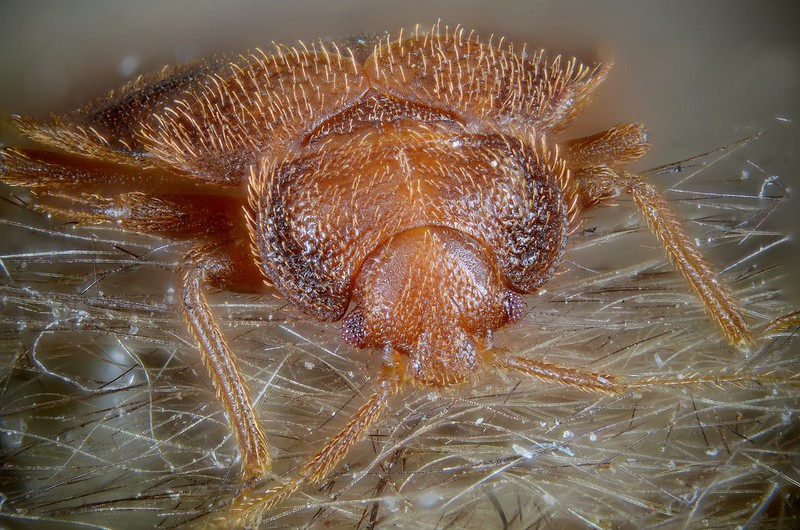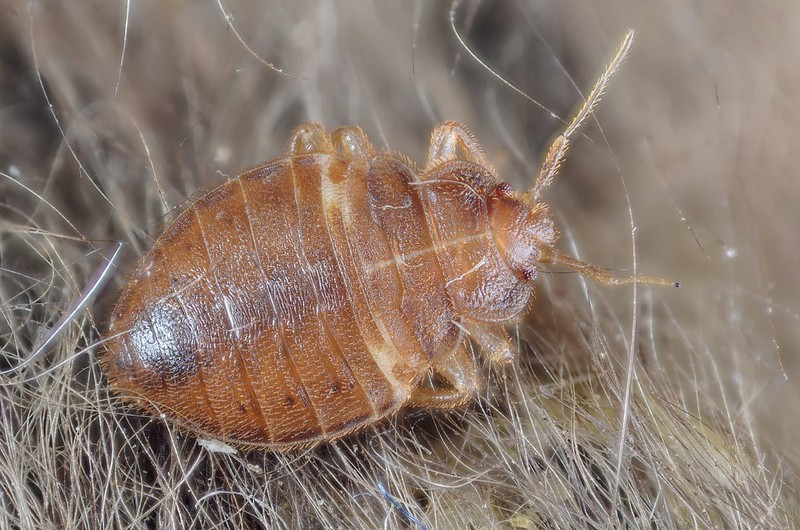First, we should begin by saying that it’s unlikely that you’ll be able to get rid of bed bugs by waiting for them to die off.
Females lay anywhere from 1-7 eggs per day — and most of them are going to hatch (97+% in most home environments).
However, it is certainly possible, given enough time, and a complete lack of food, that an infestation can die off. You’ll need to vacate for at least a year, probably 18 months, to be safe. Cold temperatures will stretch this timeframe out, and warm temperatures will shorten it. That said, there are far more effective and fast ways to get rid of bed bugs.
In general, many variables can have an impact on the lifespan of a bed bug. The first clue depends on their life stage.
Life and growth stages
Bed bugs have five distinct live stages, beginning as a nymph, and ending as a fully developed adult. Molting requires a lot of energy, so each stage transition requires a full blood meal to complete.
- Eggs (1mm in length). Eggs take about 10-15 days to hatch in most home environments.
- 1st stage nymph (1.5 mm in length).
- 2nd stage nymph (2 mm in length).
- 3rd stage nymph (2.5 mm in length).
- 4th stage nymph (3 mm in length).
- 5th stage nymph (4.5 mm in length).
- Adult
Progression from 1st stage nymph to adult takes approximately five weeks with regular meals and a good environment — but can take longer if feeding is infrequent or intermittent.
Depending on the stage (and therefore maturity), the bugs can go longer without food. Nymphs can last about two weeks without a meal, while adults can go as long as a year under the right conditions.
How long do bed bugs live without blood?
It might seem counterintuitive, but bed bugs can live longer without a meal than they can if they are regularly feeding.
There’s a biological process by which they slow their metabolism down in the absence of food. Temperature also plays a part, with lower temperatures sustaining the bugs longer.
The single most significant threat to bed bugs is dehydration. They rely solely on a blood meal for hydration, and in a warm environment without people to feed on, they dry up pretty quickly (about 70 days in controlled laboratory observation). This is also why they try to find tight crevices to hide in — to create a tiny little habitat with a favorable temperature and humidity.


